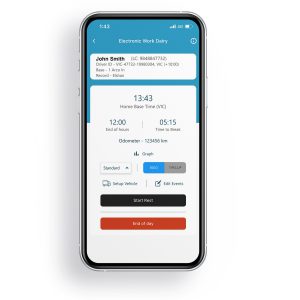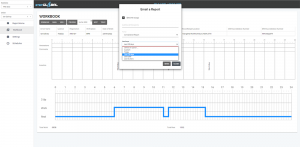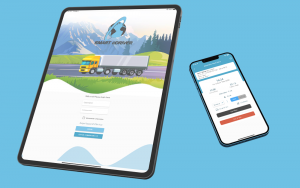Smart eDriver now NHVR Approved for Apple iOS
Step Global are pleased to announce that Smart eDriver has been approved by the NHVR for use on Apple devices from the 18th of August 2022. That means that you can access the Smart eDriver EWD on both Apple and Android devices, making it truly device agnostic solution. You can download Smart eDriver today from the App Store to get started.
Not sure if your device is approved? Get in touch with our team today to discuss.







